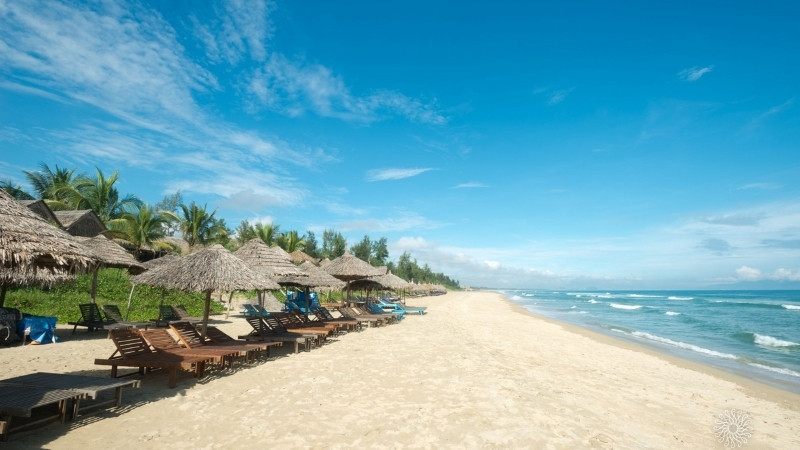
Deputy Minister of Culture, Sports and Tourism Doan Van Viet said at a workshop discussing solutions to post-pandemic challenges held in Da Nang on November 13 that after two years of reopening, the industry has been recovering rapidly.
With 10 million foreign travelers by the end of October, the tourism sector has recovered by 69 percent compared with the same period in 2019. The figure exceeded the target of 8 million foreign travelers initially set for the whole year 2023.
Harry Hwang from the UN World Tourism Organization (UNWTO) cited the latest statistics by UNWTO as reporting that international tourism has recovered. The Middle East witnessed the strongest recovery from January to July 2023, with the number of travelers higher by 20 percent than that in pre-pandemic period.
In Asia Pacific, the region which once led global tourism growth, the number of tourists has increased, equal to 61 percent of the number of tourists before the pandemic (the growth rate was 54 percent in the first quarter), thanks to the reopening of many destinations and source markets since earlier this year.
However, experts, while commenting that the world’s tourism is nearly fully recovering, pointed out that the tourism industry is still facing difficulties.
Da Nang City’s Vice Mayor Tran Chi Cuong confirmed that the city’s tourism sector has recovered strongly, and is the key business field of the local economy.
Under the national development strategy, Da Nang is positioned as the social, economic and cultural center of the country, and the important gateway of the central region. Also, it is a tourism center, playing the role of the gateway to the world’s natural and cultural heritage site recognized by UNESCO, including Phong Nha Ke Bang in Quang Binh, Hue ancient capital city, Hoi An ancient down and My Son Sanctuary in Quang Nam province.
However, Cuong said that the city’s tourism sector is seriously lacking high-quality workers, especially for the posts of destination management, policy management, operation management, experienced staff for service divisions, and experts creating a tourism development strategy.
According to Harry Hwang, the pandemic forced travel firms to shut down and lay off many workers. The wave of workers leaving the tourism sector has affected workers’ skills.
Meanwhile, related works in the industry are considered unattractive, because workers must work more hours and get less pay than the average level, while they have fewer opportunities in job promotion.
Nguyen Hien